What Surfaces Are Suitable for PE Protective Film Roll
2025-07-04
PE Protective Film Surface Compatibility
PE protective film rolls are versatile, but their suitability depends on surface type, texture, and application needs. They work exceptionally well on smooth, non-porous surfaces, making them ideal for metals (aluminum, stainless steel, galvanized sheets) during manufacturing, transportation, or installation. The film's low-tack to medium-tack adhesives prevent scratches, fingerprints, or corrosion without leaving residue on these hard, flat surfaces.
Ideal Surface Applications
Plastics (PVC, acrylic, polycarbonate, and ABS) also pair well with PE films. The film shields against dust, UV damage, and minor abrasions during storage or assembly, with customizable adhesion levels to match plastic sensitivity—critical for avoiding surface marring on softer plastics like polypropylene.
Glass and ceramics benefit from PE film protection too. It guards against chips, smudges, or chemical splatters during fabrication or construction, especially in windows, tiles, or glass panels. The film's transparency ensures visibility of the surface underneath, a key advantage for quality checks.
However, porous surfaces (wood, concrete) or highly textured materials are less suitable, as the film may not adhere evenly, leaving gaps that reduce protection. Similarly, extremely curved surfaces may cause the film to lift. Overall, PE protective films excel on smooth, rigid, non-porous surfaces, offering reliable, temporary protection across industrial, construction, and consumer goods applications.
Key Surface Compatibility Factors
- Best for smooth, non-porous surfaces
- Excellent metal protection without residue
- Customizable adhesion for plastic sensitivity
- Transparent protection for glass/ceramics
- Poor performance on porous/textured materials
- Limited effectiveness on extreme curves
You Might Also Like
-
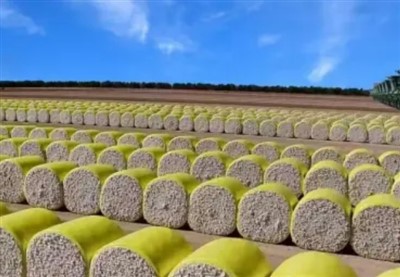
what are the advantages of cotton packaging film
-
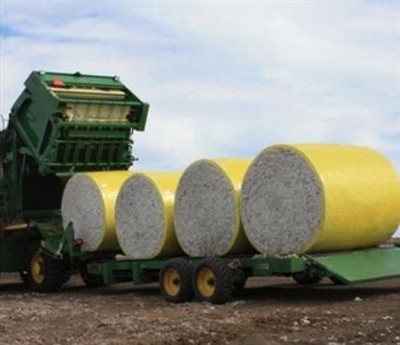
The Advantages of Cotton Wrap Film
-
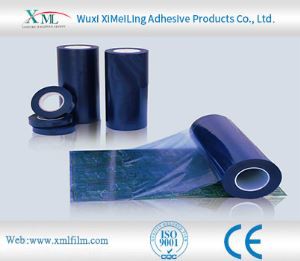
How does pe protective film cope with high temperature environment
-
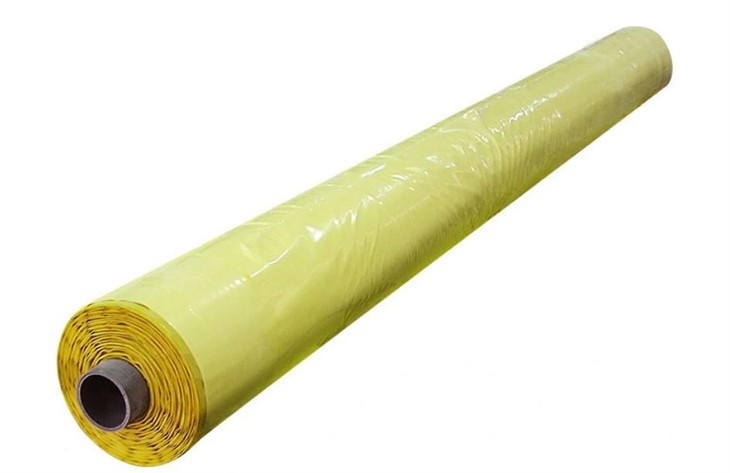
Advantages of Cotton Bale Wrap Film
-
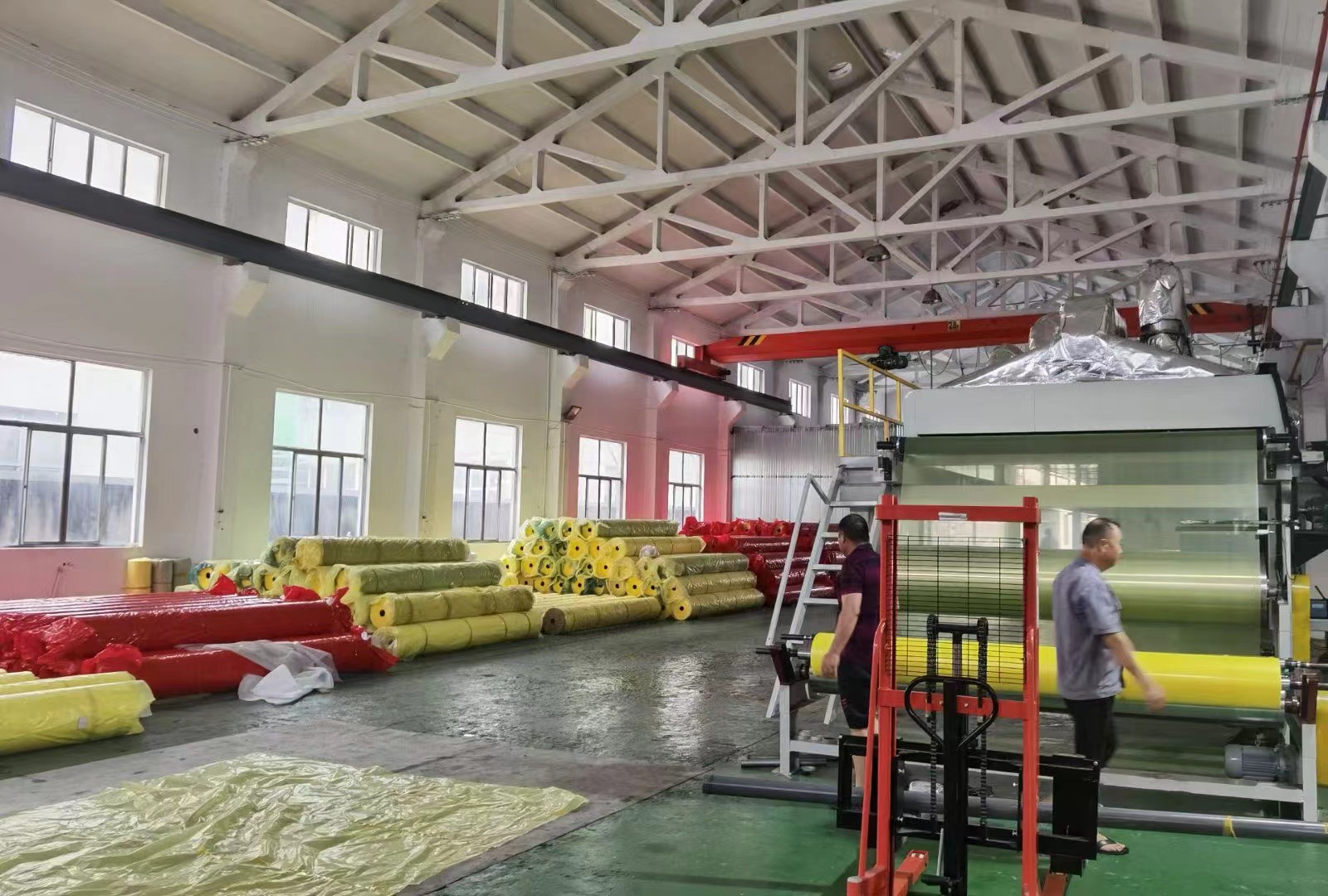
Storage method of cotton bale wrap film
-
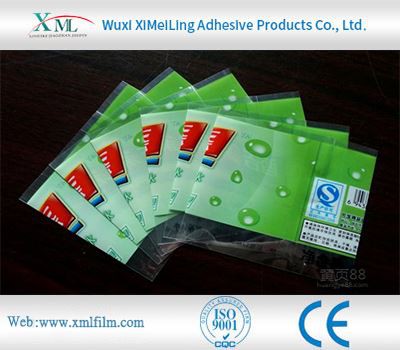
How Polyethylene Packaging Material Copes with High Temperature Environment
